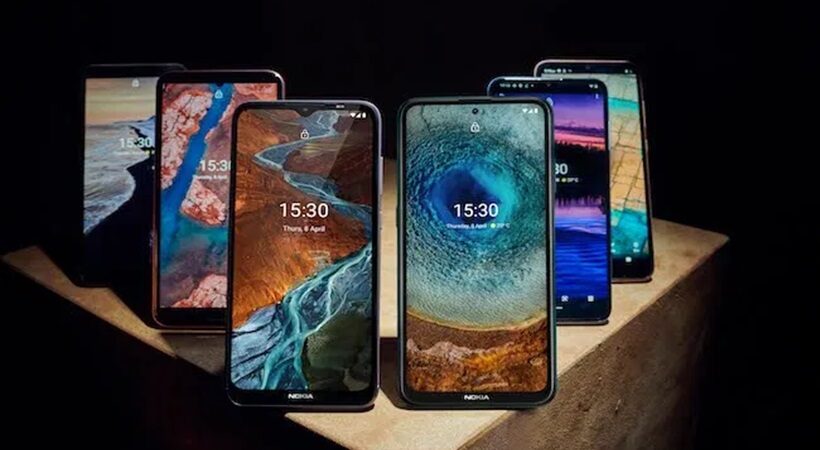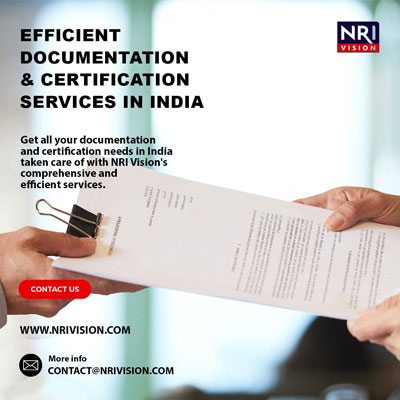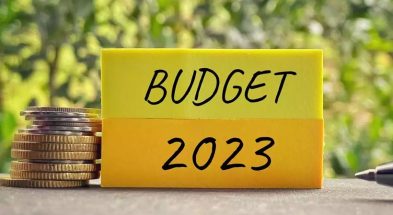As per one of the economic theories, the price for one product should be the same everywhere, especially in a world of international trade and market competition. This is called the law of one price, also known as purchasing power parity (PPP), however, it argues that any glaring differences between the same product in two regions would be arbitraged away quickly by people for risk-free profits.
The law of one price includes a frictionless market, in which there are no transaction costs, transportation costs, or legal restrictions, and thus the currency exchange rates remain the same. Buyers or sellers don’t manipulate the price.
The assumptions, in the real world, built into the law of one price frequently do not exist, and persistent segregation in prices for several kinds of goods, including electronic goods (e.g., smartphones), can be readily observed.

A survey by Pricerunner.com reveals that the prices of a MacBook Air, an iPad, and an iPhone combined are cheapest in Tokyo at $2,225, and most expensive in Sao Paulo at $4,160, wherein the same items cost $2,745 in New York.
Likewise, we often compare the prices of Apple products in India and Dubai, UAE. Unfortunately, in India, one has to pay Rs 1,15,100 for an Apple iPhone 12 Pro 128 GB that is available for AED 3,969 (Rs 80,486) in Dubai.
Also, in the US, Apple is selling iPhone 12 mini at $699 (Rs 52,067), whereas in India, it’s being sold at Rs 70,000.
Read More: Samsung Launches Q-series Soundbars In India, Priced at Rs 27,990
Several factors increase the price of smartphones in India. Even if you want to purchase it from the UAE or any other country like the US at a cheaper rate, you’ll face restrictions on the allowance to purchase a certain number of products. Moreover, you will have to clear custom charges.
Taxes and Import Duties
One of the major factors that jack up the price of smartphones in India is the difference in taxes and import duties. The Indian consumers pay the highest taxes, including goods and services tax plus basic customs duty, which is around 44% on imported iPhones.
Moreover, the Indian government now charges 18% GST on smartphones (Until March 2020 GST on mobile phones was 12%), as per the latest notification issued by the GOI. After adding the basic import duty of 20% and 2% cess to the mentioned GST percentage, an iPhone mini will pinch the pocket of a consumer in India with an additional Rs 21,344. The same charges are applicable for high-end phones like iPhone 12 and related smartphones. For example, an imported iPhone 12, iPhone 12 Pro and iPhone 12 Pro max, Indians have been paying extra amounts of Rs 2,438.47, Rs 36,612.98 and Rs 39,666.60 as taxes and customs duties, respectively.
Other than the taxes and import duties, perceived value, transportation and transaction costs, legal restrictions are the other factors that affect the price of smartphones not only in India but also in other countries. Hence, this is the reason why smartphones turn costly, especially in India.



















